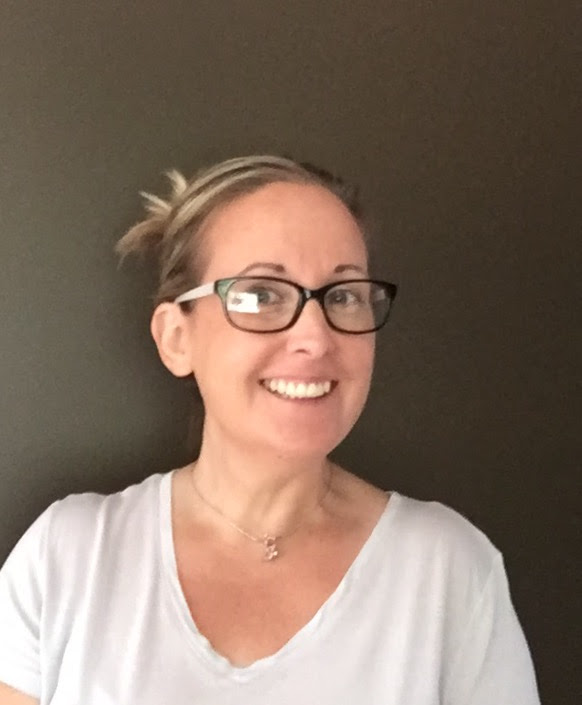The mission of NSTA is to promote excellence and innovation in science teaching and learning for all.
Future NSTA Conferences
STEM Forum & Expo
2017 Fall Conferences
National Conference
Follow NSTA
NGSS / 3-D Learning Blog
By Cindy Workosky
Posted on 2017-04-25
Knowing that content material is most engaging when students can relate to it, I always begin my year with a student survey. The questions are designed to help me design lessons to be as student-focused as possible. Knowing my students’ interests and history also helps me identify phenomena and storylines that will be the most engaging for them. The phenomenon is the hook to capture students’ interest and inspire their curiosity; storylines provide links between performance expectations. The combinations of phenomena and Performance Expectations are virtually endless.
I write my units using my own template which is a hybrid of Understanding by Design and Universal Design for Learning. Click here to view and download my template
Pre-planning: I recommend you bundle Performance Expectations into a logical storyline and include driving questions to guide students toward conceptual leaps. For example, when learning the fact that all cells come from existing cells, I expect a student to ask about the origin of the first cell. I use these questions to devise investigations that will help students find answers and develop their own questions. Asking probing questions during these activities is critical. I recommend you plan ahead and make your questioning targeted and intentional so that it causes students to think deeply and make sense for themselves.
Two tools I have found that are helpful include a Talk Activities Flowchart developed by STEM Teaching Tools and Goals for Productive Discussions and Nine Talk Moves published by TERC.
Let me share the stages I go through when I begin planning my science instruction.
Stage 1: Determine “All, Most, Few.” In this first stage, I differentiate the concepts and skills that all students need to achieve, the higher concepts and skills most will reach, and the extension activities I can provide to students who have advanced skills and interests. I then write two-to-four essential questions that make intentional reference to Crosscutting Concepts, scaffold my unit from lower- to higher-order thinking using Disciplinary Core Ideas, and determine which Science and Engineering Practices will be addressed and what skills I will target.
Stage 2: Looking for Evidence. Daily formative assessments inform instruction and guide my lesson planning. Formative assessments range from observations and discussions to tracked response assignments like Plickers, Quizzizz, Kahoot, EdPuzzle and Quizlet. Summative assessments are more time-intensive and require students to demonstrate their learning independently. These assessments differ between students and include poster presentations, informational website development, TED-style talks, and student-created lessons to teach younger students. To ensure I am encouraging 21st century and literacy skills, I also include a variety of digital and research components, time for modeling and reflection, and include elements of publishing or presentation for both formative and summative assessments.
Stage 3: The Blueprint. This final stage involves drafting a rough learning plan that includes critical input and inquiry lessons. I provide notes and other introductory presentations that help guide students and provide essential knowledge for the unit. Most of the lessons are student-centered and inquiry-based.
Taking it into the classroom:
Because I teach in a science lab with immovable lab benches, I’ve added a variety of seating options to facilitate collaboration and peer review among students and allow me to split the class into stations. The set-up includes two large round tables with chairs and a set of modular sofa sections.
I love to teach in stations! Students can be break into groups which facilitates differentiation and makes it possible for me to support the “all, most, few” idea presented in Stage 1.
My favorite resource when I first started planning 3-dimensional units includes the NSTA Press® book, Translating the NGSS for Classroom Instruction by Rodger Bybee. Click here to view a sample chapter.
My favorite resource for three-dimensional planning support comes from the American Museum of Natural History. Click here to view and download it.

Bonnie Nieves
Bonnie Nieves is the Science Department Chair at Millbury Memorial Jr./Sr. High School in Millbury, Massachusetts. She began her career in education as a paraprofessional specializing in science instruction for special needs students. This experience gave her a deep understanding of the importance of differentiation and its impact on student success. She is currently focused on developing ways to increase student engagement with phenomena-based instruction and supporting colleagues as they learn about and implement three-dimensions teaching.
Visit NSTA’s NGSS@NSTA Hub for hundreds of vetted classroom resources, professional learning opportunities, publications, ebooks and more; connect with your teacher colleagues on the NGSS listservs (members can sign up here); and join us for discussions around NGSS at an upcoming conference.
The mission of NSTA is to promote excellence and innovation in science teaching and learning for all.
Future NSTA Conferences
National Conference
Follow NSTA
Disclaimer: The views expressed in this blog post are those of the author(s) and do not necessarily reflect the official position of the National Science Teaching Association (NSTA).
Learning Progression Lesson Plans New Science Teachers NGSS Performance Expectations Phenomena Preservice Science Education Professional Learning old Science and Engineering Practices STEM Teacher Preparation Teaching Strategies Three-Dimensional Learning